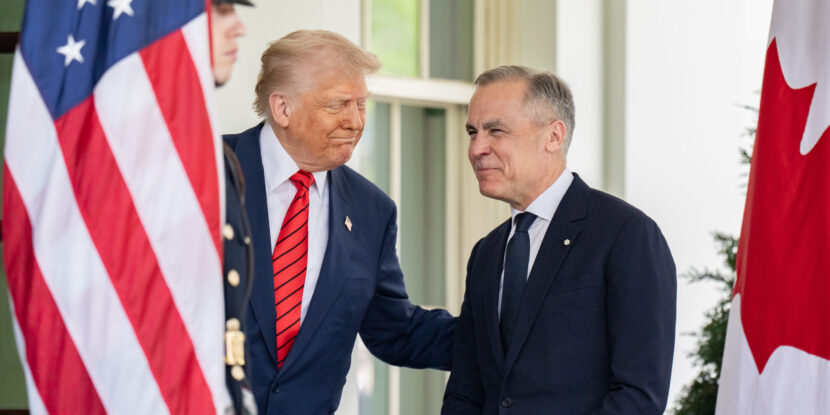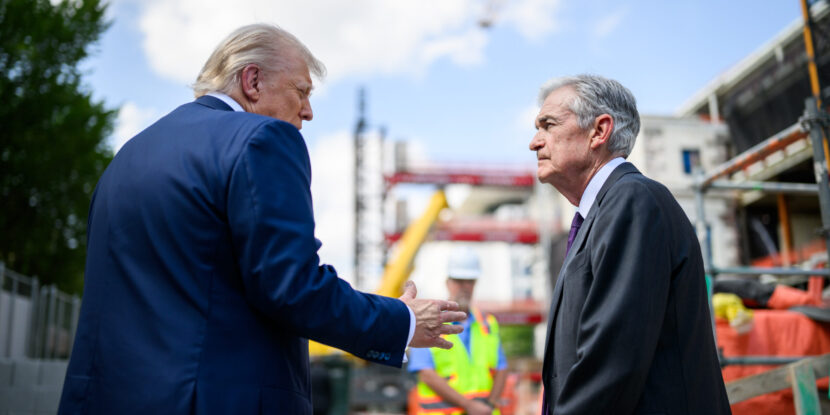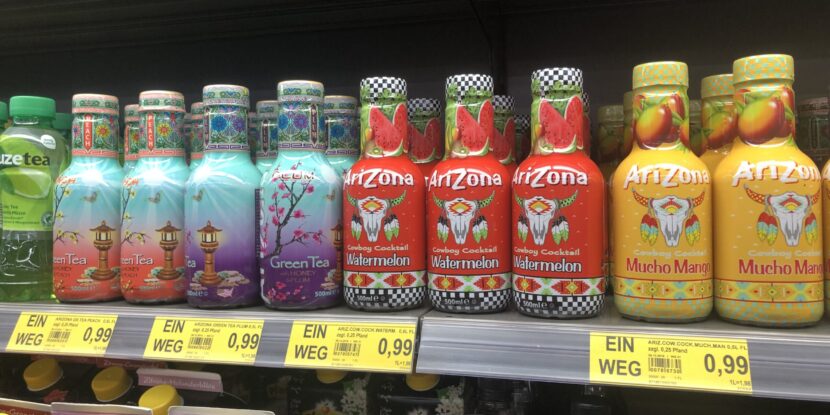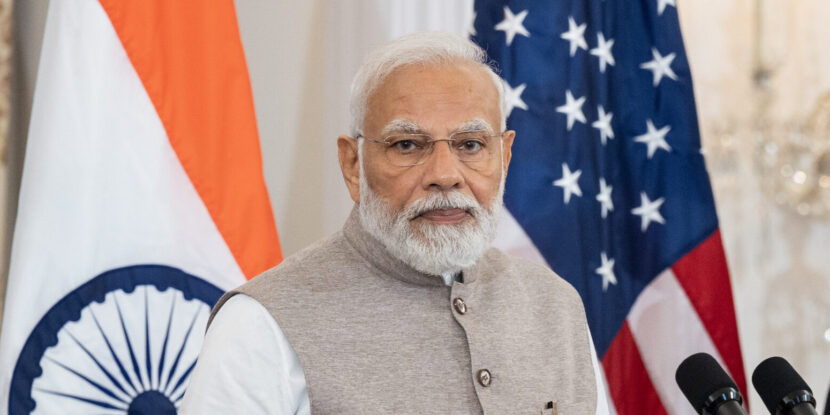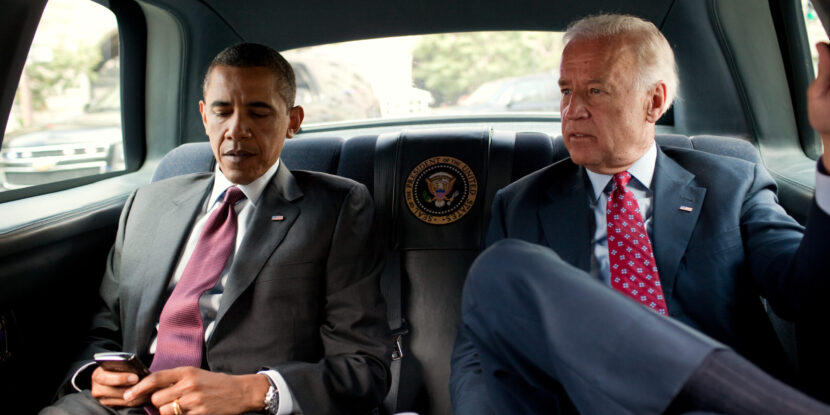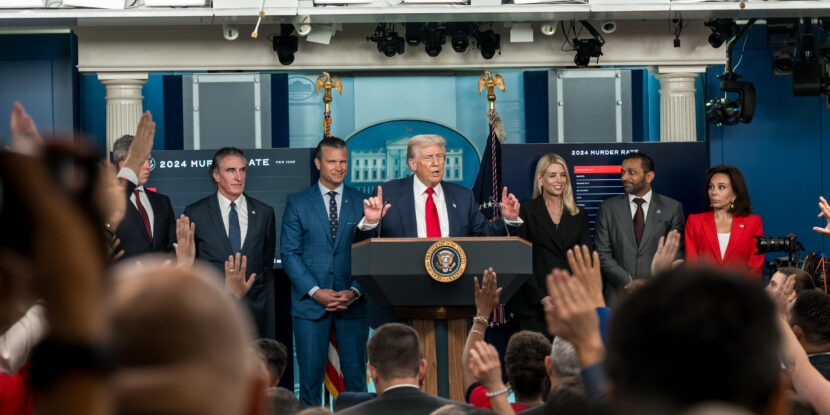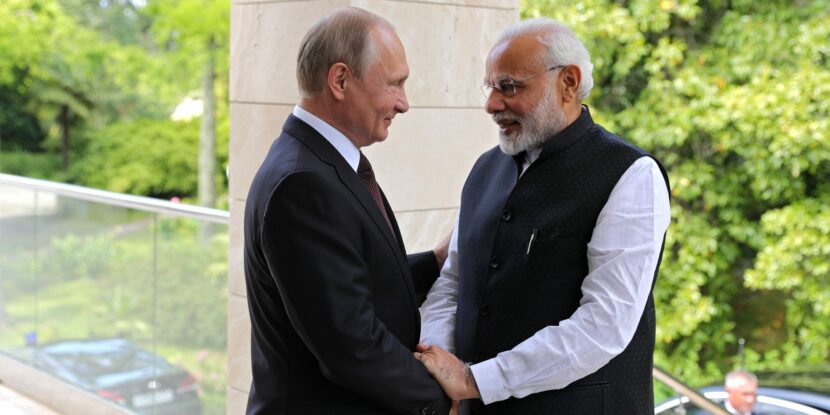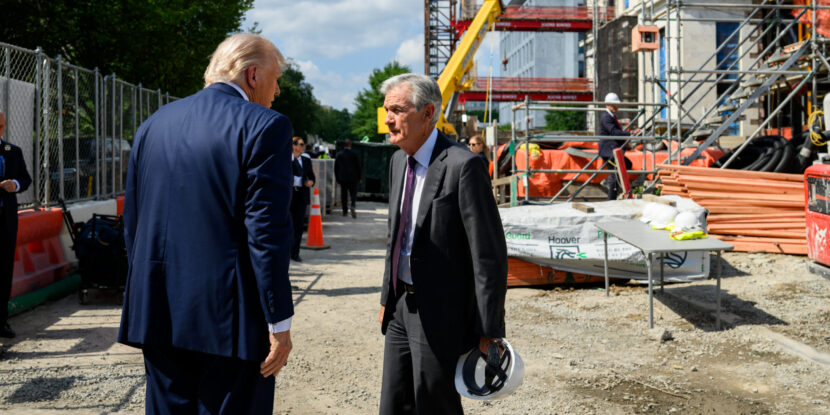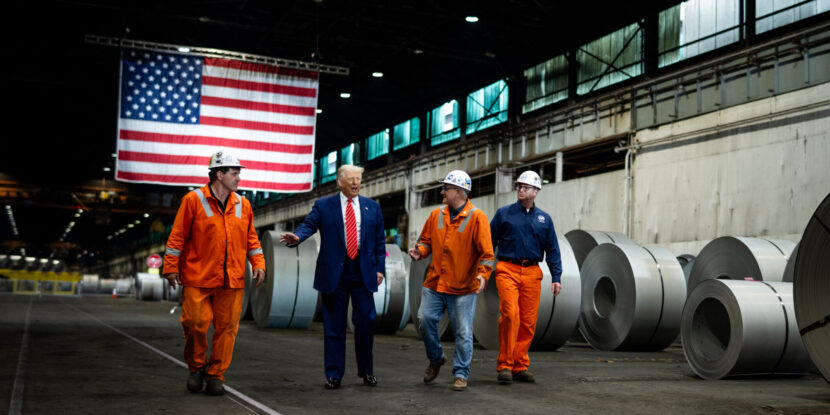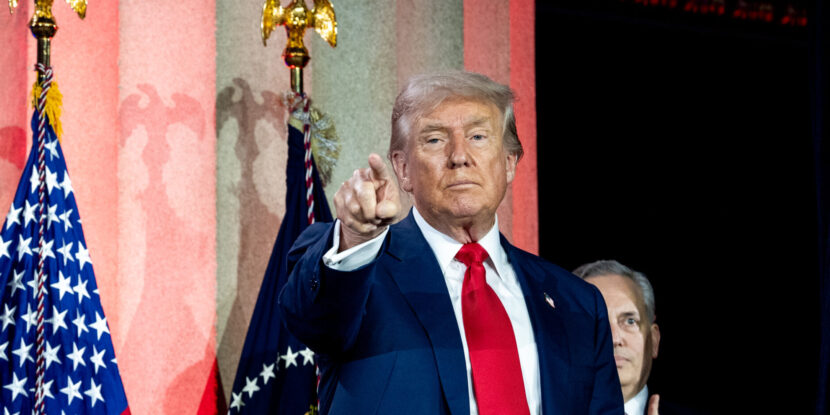❓WHAT HAPPENED: Canada announced the removal of many retaliatory tariffs on U.S. goods, bowing to the Trump administration’s prerequisite that the duties be ended before trade talks can resume.
👤WHO WAS INVOLVED: Canadian Prime Minister Mark Carney, U.S. President Donald J. Trump, and a White House official.
📍WHEN & WHERE: The announcement was made on August 22, 2025.
💬KEY QUOTE: “As we work intensively with the United States, our focus is squarely on the strategic sectors,” said Prime Minister Mark Carney.
🎯IMPACT: The decision is expected to ease trade tensions and could lead to further negotiations between the two nations under the U.S.-Mexico-Canada Agreement (USMCA).
Canada’s Prime Minister Mark Carney announced on Friday that his country would remove many of its retaliatory tariffs on U.S. goods, signaling progress in trade relations between the two nations. The announcement was made during a press conference in Ottawa, Ontario.
The tariffs, initially imposed in March, included a 25 percent levy on a wide range of U.S. products, mostly falling under the U.S.-Mexico-Canada Agreement (USMCA). Beginning September 1, these trade duties will end, though similar tariffs imposed on Canada by the United States will remain in effect as negotiations continue. However, Canada will maintain its 25 percent tariffs on U.S. autos, steel, and aluminum.
“As we work intensively with the United States, our focus is squarely on the strategic sectors,” Carney stated during the press conference. He also noted that President Donald J. Trump assured him in a phone call that removing tariffs would pave the way for further negotiations.
A White House official described Canada’s decision as “long overdue” and expressed optimism about continued discussions on trade and national security concerns. The announcement comes as the USMCA, negotiated during Trump’s first term, is set for review later this year.
Canada’s counter-tariffs, originally imposed by then-Prime Minister Justin Trudeau, targeted CA$30 billion (US$21.7 billion) worth of U.S. goods. The decision to ease tariffs follows a period of heightened tensions, during which Trump raised tariffs on Canadian goods to 35 percent, citing issues such as the continued flow of fentanyl into the U.S. and Canada’s lack of cooperation on the matter.
Join Pulse+ to comment below, and receive exclusive e-mail analyses.
